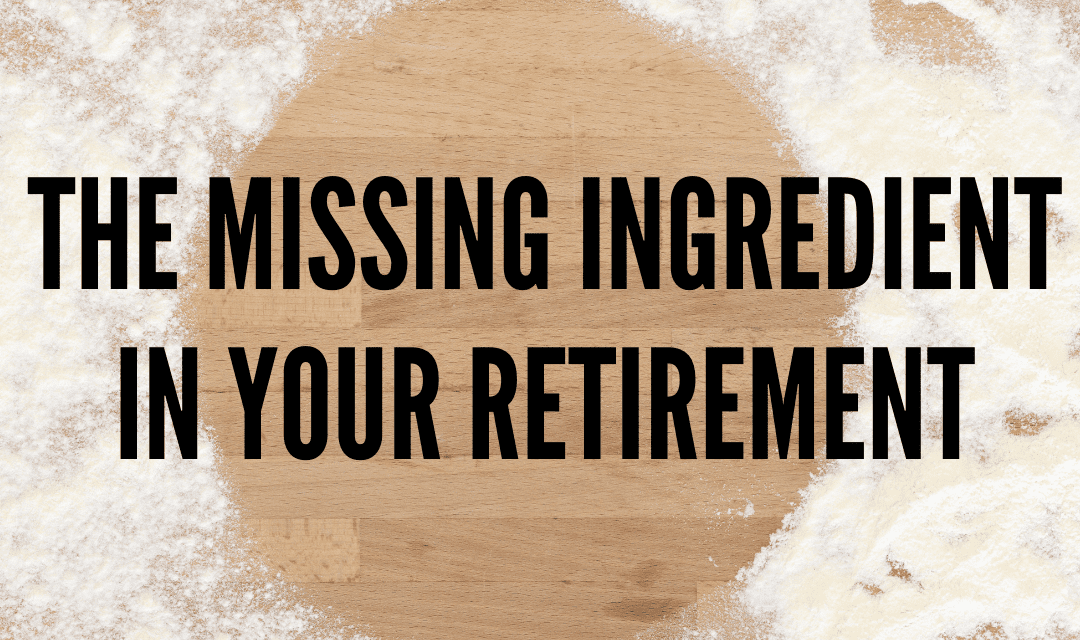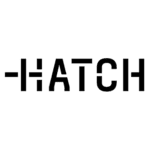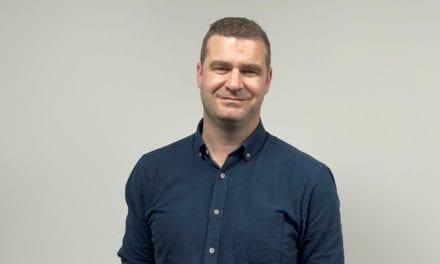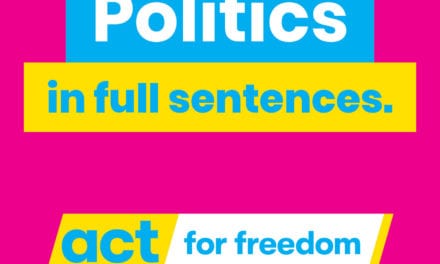Neglecting financial advice can cost you a fortune in retirement; FSC study
Kōura’s Rupert Carlyon joins the NZ Everyday Investor to discuss the role of digital advice in helping give more Kiwi’s a leg up with their investments, why it doesn’t mean traditional advice is done for, and look at the often neglected $20,000 and below Kiwisaver balance holder.
While most people in the financial services industry can hand on heart tell you that their advice leads to better outcomes for their clients, it’s often more difficult to prove . Recent data from the Financial Services Council brought this idea from opinion, into the realm of hard fact.
According to their research, based on more than 2,000 people across New Zealand, those that received financial advice had a 50% larger Kiwisaver balance.
It’s an amazing statistic, but an unsurprising one for those working day to day in the industry. Still, the harsh reality is that often those who are ‘already on their way’, seem to be the recipients of good advice.
“It basically doesn’t make sense for a financial advisor to take on a client with lower savings,” says Rupert Carlyon.
Investment advisors often (but not always) earn revenue by the amount of assets under management. There aren’t sufficient market forces to make it worth the while for a high-street financial adviser therefore to take on a client with a small Kiwisaver balance.
What is financial advice?
Advice, as Rupert understands it, can be divided into two separate parts.
The first being the asking of questions. What is your specific financial situation? How much are you currently contributing to your investments, and what is your ultimate end game?
From there, an adviser has the foundations to give catered financial wisdom based on a client’s specific circumstance.
For Rupert, who’d seen the rise of robo-advice overseas, he realised that going digital was the best way to capture the broad spectrum of the New Zealand public who were failing to get advice.
Their digital tool is built on the same methodical steps that a human financial adviser would take when assessing a client’s financial situation, before generating a solution catered to them. For many, the realisation that they’re less prepared for the retirement that they had dreamed of ,has become a consistent come-to-Jesus moment.
“The biggest piece of feedback we get from people using our tool has been the surprise of seeing how much they’ll actually be getting on a weekly basis in retirement,” said Carlyon.
Often we focus on the amount – $1m, $2m, $500k, $10m – everyone has an opinion on this but what does that lump sum of money actually mean for you?
Why digital advice could be a game changer for NZ’s under-advised.
Kiwisaver has been a wildly successful means to bring the broader spectrum of New Zealanders into the world of investment, but there has been some apathy in many people’s engagement with the retirement product. According to a September Westpac survey, only one in four people aged 18-24 know what type of KiwiSaver fund they are in.
“We’re hoping, with digital advice, we’re giving a whole new world of people advice they wouldn’t have otherwise had, which enables them to make better financial decisions,” said Rupert.
While the show’s host may be a authorised financial adviser, does the advent of ‘digital advice’ make him and his colleagues in the industry want to run for the hills and become real estate agents with outgoing MP, Paula Bennett? Short (and long) answer, no.
“In March when everybody is watching their investments drop 10’s of thousands of dollars, they’ll feel like they need someone to call,” said Carlyon.
Digital financial advice is still in its very early stages in New Zealand, with only a handful of FMA accredited products available to common Kiwis, but the benefits are undeniable.
Despite the benefits, New Zealand doesn’t have the money, nor the will, to have every single New Zealander receiving support from a human financial adviser. Digital advice however, may be the country’s best answer to filling that gap.
Asset allocation – the investors secret weapon!
When Rupert Carlyon, CEO of Kiwisaver fund, Kōura, tells me that “asset allocation is something near and dear to my heart” my first instinct is to laugh out loud – how could something so boring be so good?
If buying and selling flashy individual stocks is the weekend Tesla joyride side of investing, “asset allocation” sounds more like commuting to work in a Toyota corolla. My morning commute is not, by any means, near and dear to my heart.
But I wanted to hear him out.
Carlyon’s built a Kiwisaver scheme which upends the simplistic idea of assets falling into three different classes — conservative, balanced and growth. Just as being ‘conservative’ doesn’t mean you agree with every National Party policy, the Kiwisaver industry has survived for too long now dividing people along crude party lines.
Kōura’s online advice tool helps place people across the spectrum of risk profiles, so naturally, as time passes, so does the way you’re invested.
Definition: Asset allocation is a simple concept really – It’s the implementation of an investment strategy, designed to to balance risk and reward by adjusting the percentage of each asset in an investment portfolio. The assets may be cash / fixed interest / property or shares. Each asset type has different characteristics like including volatility (how much is it going to change in value), returns (how much are you going to be rewarded for your risk over time) and liquidity (the ability to convert the asset into cash).
“As much as it might not feel like it for some people, Kiwisaver is an investment. It’s not set and forget. If you’re going to be retiring at 65, by 45 you should already be reconsidering asset allocation,” said Rupert.
Similarly, asset allocation is an important concept for all investors to understand as you slice up your own pie. What is your risk appetite now? What about five years from now? What proportion of your overall portfolio will go to high risk but high return investments like shares? How much toward things like bonds and well diversified exchange traded funds?
Once you’ve determined how you’d like to divvy up the pie, you need to build a proper strategy and stick to it. The pie you made six months ago might look considerably different to the one you have now, particularly as different parts of the portfolio outperformed and outgrew others.
This is where the idea of rebalancing comes in.
Rebalancing is the act of skimming off the top of some of the elite performers in your portfolio, and putting some of those earnings into parts that might not have done as impressively. It’s a way to keep your investment strategy consistent and strategic, which is highly likely to correlate to long term success.
It’s counter intuitive for most to murder your darlings however.
“Do you really think you should have 99% of money in Tesla? I don’t think you want your whole livelihood based on Elon Musk’s next tweet.”
Rebalancing and asset allocation may not sound like the world’s sexiest conversation topics, but it’s incredibly sensible if not for this very simple reason: When investing seriously, you need to have a strategy, and this is as bullet proof as they come.
_________________________________________________________________
The NZ Everyday Investor is brought to you in partnership with Hatch. Hatch, let’s you become a shareholder in the world’s biggest companies and funds. We’re talking about Apple and Zoom, Vanguard and Blackrock.
So, if you’re listening in right now and have thought about investing in the US share markets, well, Hatch has given us a special offer just for you… they’ll give you a $20 NZD top-up when you make an initial deposit into your Hatch account of $100NZD or more.
Just go to https://hatch.as/NZEverydayInvestor to grab your top up.
__________________________________________________________________
The NZ Everyday Investor would also like to acknowledge the support of kōura.
Most people fixate on just fees or historical returns when trying to choose a KiwiSaver fund. But professionals know there’s the third, arguably more essential component to consider – asset allocation. kōura’s digital advice tools will build you a KiwiSaver portfolio that has the perfect asset allocation just for you. Of course you could also just choose your own KiwiSaver portfolio with them too. Give them a try and see what your ideal KiwiSaver asset allocation looks like for you.
___________________________________________________________
Like what you’ve heard?
You can really help with the success of the NZ Everyday Investor by doing the following:
1- Tell your friends!
2- Write a review on Facebook, or your favourite podcast player
3- Help support the mission of our show on Patreon by contributing here
4- To catch the live episodes, please ensure you have subscribed to us on Youtube:
5- Sign up to our newsletter here
NZ Everyday Investor is on a mission to increase financial literacy and make investing more accessible for the everyday person!
Please ensure that you act independently from any of the content provided in these episodes – it should not be considered personalised financial advice for you. This means, you should either do your own research taking on board a broad range of opinions, or ideally, consult and engage an authorised financial adviser to provide guidance around your specific goals and objectives.
_____________________________________________________________________________






